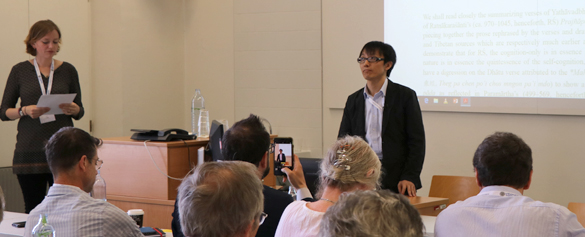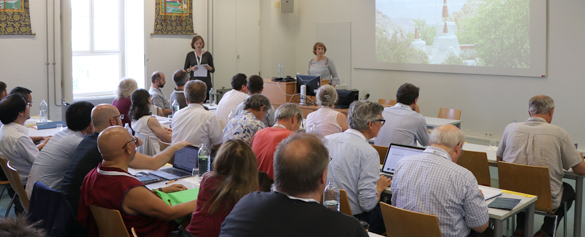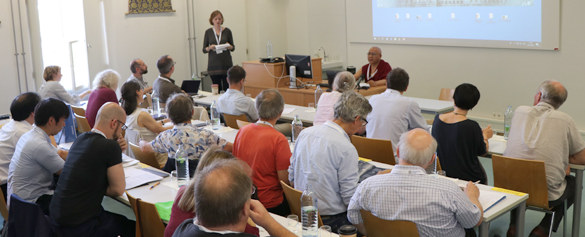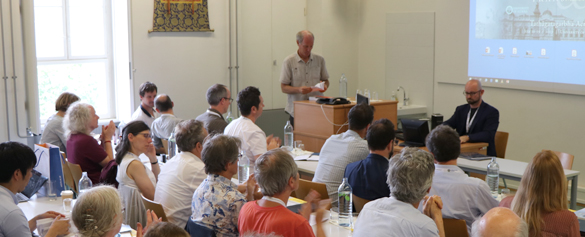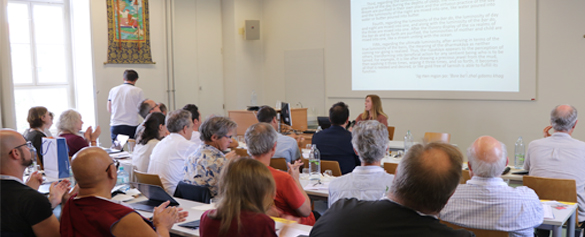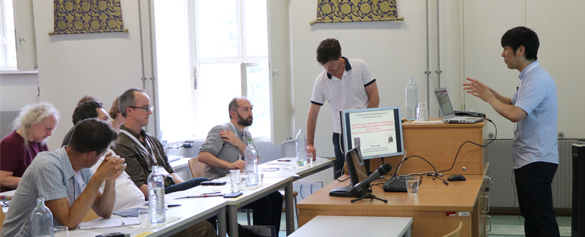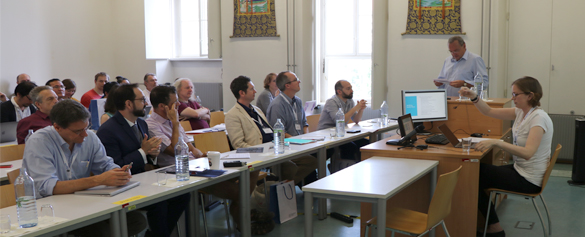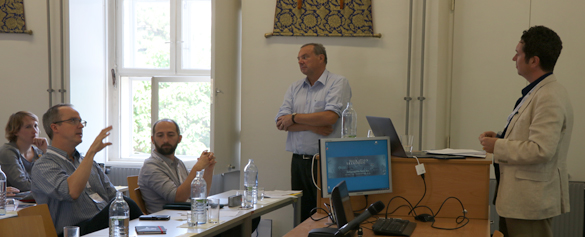Observing the Link between Self-awareness and Buddha Nature in Ratnākaraśānti’s Prajñāpāramitopadeśa
Gwen Witt Dorring2022-11-16T23:39:23-07:00Self-awareness (svasaṃvedana/svasaṃvitti) plays a central role in Ratnākaraśānti’s doctrinal system, it is the locus of prakāśa. Focusing on the six summarizing verses at the end of the yathāvadbhāvikatāyāṃ cintāmayī prajñā section in the Prajñāpāramitopadeśa, this paper aims to 1) present Ratnākaraśānti’s understanding of self-awareness as sketched in these verses, 2) trace the possible sources of his sketch, and 3) observe the link between svasaṃvedana and buddha-nature in his doctrinal system.

